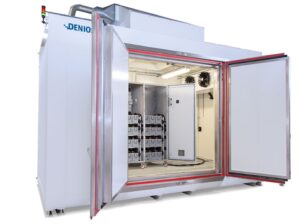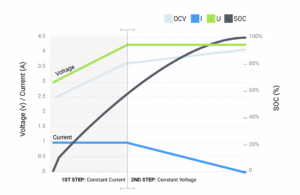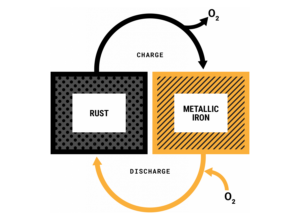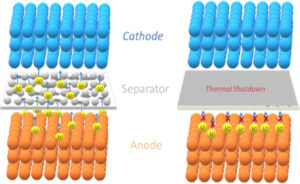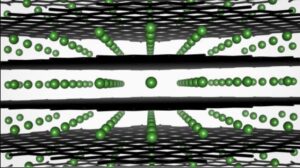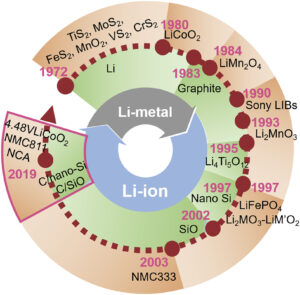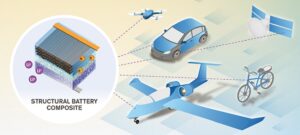Designers have choices and tradeoffs when choosing the ideal Li-ion battery chemistry. Batteries affect the cost, lifetime, and usefulness of an application. An optimal energy storage system is critical to ensure the life and performance of an application, so it’s essential to start with the best battery chemistry for the job. This FAQ reviews six…
What are the top five Li-ion battery safety standards?
Lithium-ion batteries (LIBs) are complex electrochemical and mechanical systems subject to dozens of international safety standards. In this FAQ, we’ll discuss the key environmental aspects of LIB safety, review the top five LIB safety standards, and consider using custom-battery testing rooms for the safety of testing personnel. Many of the LIBs’ safety concerns are because…
How fast can Li-on batteries be charged?
The speed at which a battery can be recharged is measured using the “C-rate,” where “C” is the battery’s capacity in mA or A. At a 1 C rate, a battery can be completely recharged in one hour. The speed of charge primarily depends on the voltage. For example: For small batteries used in portable…
What battery chemistries are used in grid-scale energy storage?
Expansion of grid-scale energy storage is important to enable the transition to variable renewable energy (VRE) sources such as wind and solar, and a green energy economy. The use of battery energy storage systems (BESS) is a key to enabling the growing penetration of VREs. BESS installations are classified as behind-the-meter (BTM) or front of…
What’s the status of EV charging connector standards?
Connectors for electric vehicle (EV) charging are both standardized and changing. On one level, EV charging connectors are standardized based on today’s technology limitations. There are standards in major regional markets, including North America, Japan, the European Union, and China. But current charging technologies are power limited. This FAQ begins with a review of EV […]
Li-ion batteries, Part 5: electrolytes
The electrolyte is often an underappreciated component in Lithium-ion (Li-ion) batteries. They simply provide an electrical path between the anode and cathode that supports current (actually, ion) flow. But electrolytes are a key to battery performance, and advances in electrolyte chemistries are expected to be an important development leading to high-performance, safe, and low-cost Li-ions…
Li-ion batteries, Part 4: separators
Separators in Lithium-ion (Li-ion) batteries literally separate the anode and cathode to prevent a short circuit. Modern separator technology also contributes to a cell’s thermal stability and safety. Separators impact several battery performance parameters, including cycle life, energy and power density, and safety. The separator increases internal cell resistance, and the separator takes up valuable…
Li-ion batteries, Part 3: anodes
There are numerous cathode materials used in Lithium-ion (Li-ion) batteries optimized for various aspects of performance, but the majority of all Li-ions still use graphite anodes. That may be set to change. The use of graphite with a theoretical gravimetric capacity of about 370mAh/g is being challenged by new materials under development that offer gravimetric…
Li-ion batteries, Part 2: cathodes
Among the various components involved in a lithium-ion cell, cathodes (the positive or oxidizing electrodes) currently limit the energy density and dominate the battery cost. Today’s common cobalt (Co) and manganese (Mn) based cathodes were developed to overcome safety concerns with Li-metal anodes. This FAQ begins with a brief look at the longer-term trajectory of…
Li-ion batteries: building massless batteries
Battery cells, modules, and systems support many electronic, transportation, and energy applications. This article briefly reviews the operation of rechargeable batteries and looks at the energy storage value chain; it then presents common battery cell formats and how battery cells are assembled into modules and systems, reviews the development of multi-function structural battery packs, and…


